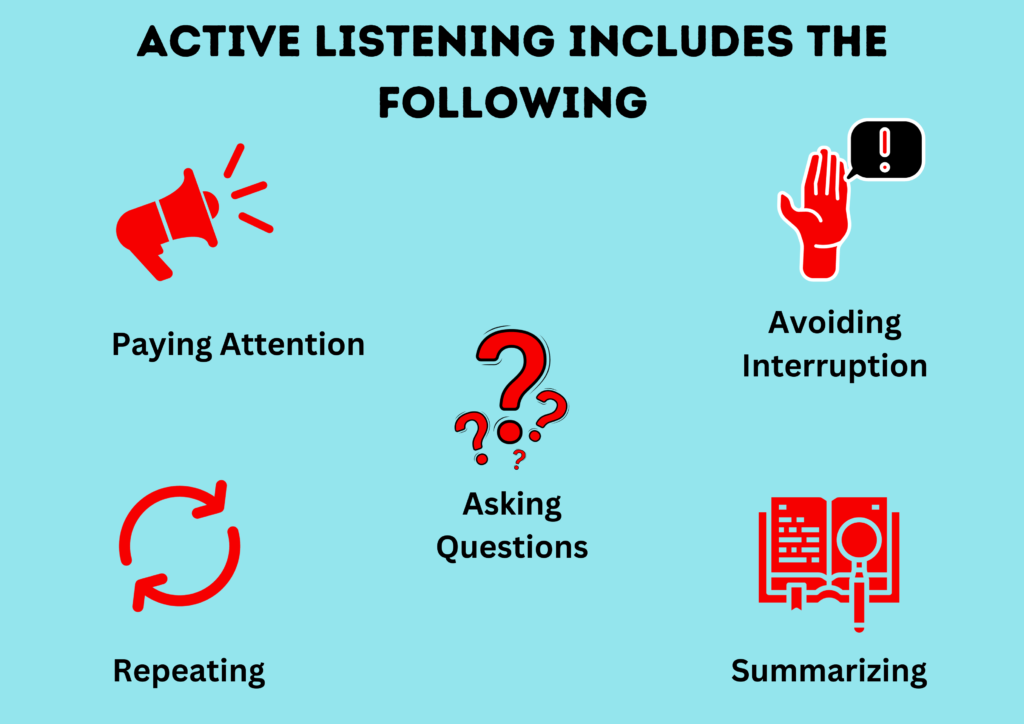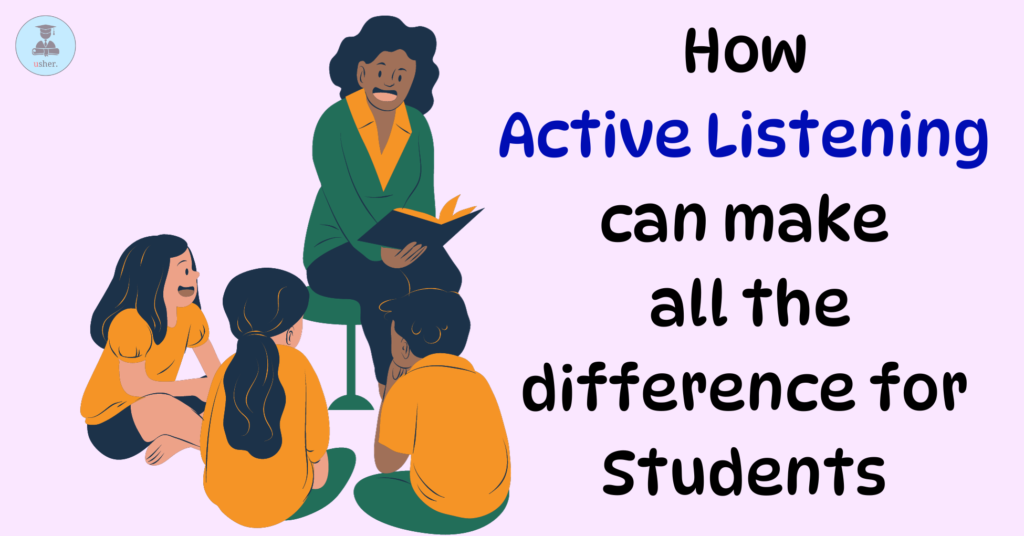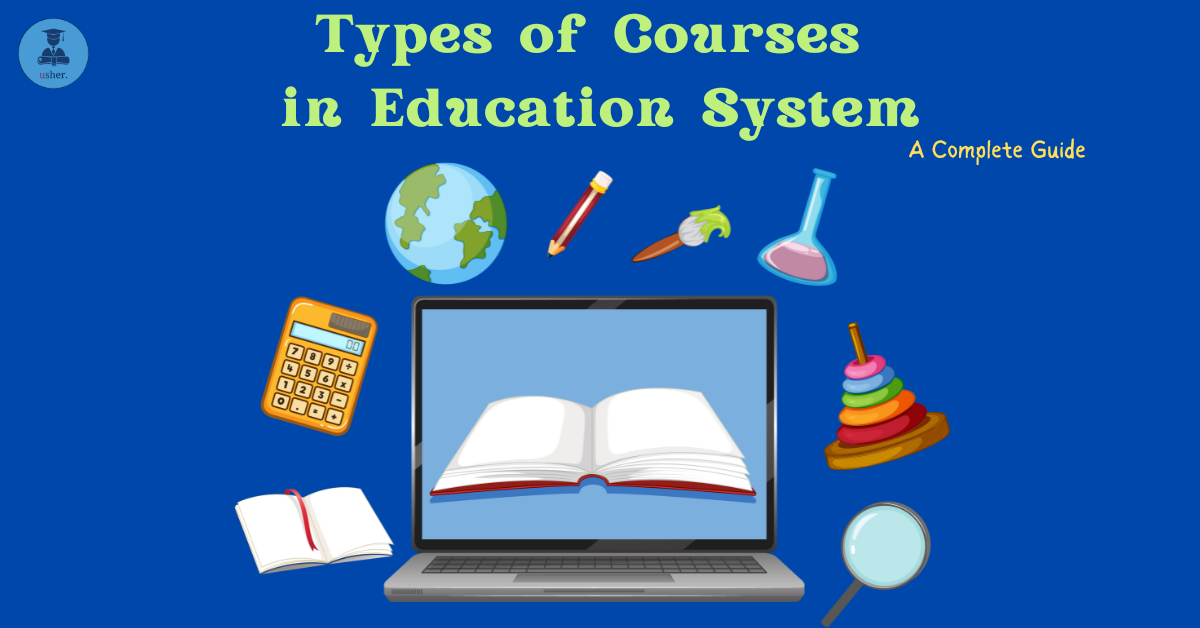Nothing is more annoying than having one’s voice ignored and not being acknowledged when one speaks.
Everyone hates when people do not take them seriously while they are speaking.
I guess we have all experienced this at some point!
When I take on a task, I tend to be very clumsy and make a lot of mistakes. My father told me that this is because I am not a good listener. He always told me, “Listen, listen properly, when someone says something to you.”
And guess what? Ever since that day, I’ve been less clumsy and more effective in my daily life.
I developed into a person that people can rely on for their jobs.
To sum up, the secret to improving your ability to work with others is to listen well.
Listening skills are essential for effective communication and building strong relationships.
It allows you to understand others’ perspectives, avoid misunderstandings, and collaborate more efficiently.
Listening involves two types: active listening and passive listening.
Passive listening involves simply hearing what others are saying without actively engaging or responding. While it may be helpful in certain situations, active listening is more beneficial in daily life.
What is Active Listening?
Active listening is a communication technique where the listener fully focuses on and follows the speaker’s message. It involves providing verbal and nonverbal feedback, asking clarifying questions, and showing genuine interest in the conversation. Active listening helps to establish trust, empathy and promote effective problem-solving.

Key Components of Active Listening
Active listening incorporates both verbal and non-verbal components to facilitate effective communication.
Verbal Components
Open-ended Questions
Encouraging the speaker to elaborate and express their thoughts more fully. By asking open-ended questions, the listener can gather more information and gain a deeper understanding of the speaker’s perspective.
These questions often begin with words like “how,” “what,” or “why,” and allow the speaker to provide more detailed responses.
Paraphrasing
Restating the speaker’s words in your own words to ensure understanding and to show that you are actively listening.
Paraphrasing helps to clarify any misunderstandings and allows the speaker to confirm or correct their message. It also demonstrates empathy and shows that you value their perspective.
Clarification
Asking for clarification when you don’t fully understand something the speaker has said.
This can involve asking for specific examples, asking for more details, or asking the speaker to explain their point further.
Clarification helps to ensure that you have a clear understanding of the speaker’s message and can avoid any misinterpretations.
It also shows the speaker that you are actively engaged in the conversation and genuinely interested in understanding their perspective.
Acknowledgment
Acknowledgment is another important aspect of active listening.
It involves expressing understanding or recognition of the speaker’s message.
This can be done through verbal cues such as nodding or saying “I see” or “I understand.” Acknowledgment helps to create a positive and supportive atmosphere in the conversation, making the speaker feel heard and valued.
Reflection
In order to show that you understand and guarantee accuracy, reflection entails paraphrasing or summarizing the speaker’s points.
By reflecting on what the speaker has said, you show that you are actively processing their words and trying to understand their perspective.
Non-verbal Components
Eye Contact
Maintaining eye contact during a conversation is crucial, as it shows attentiveness and interest in what the speaker is saying. It also helps to establish a connection and build trust between both parties.
Facial Expressions
Facial expressions play a significant role in communication as they can convey emotions and attitudes. Smiling, nodding, or furrowing your eyebrows can indicate agreement, understanding, confusion, or disagreement without saying a word.
Gestures
Gestures are another form of non-verbal communication that can add meaning to spoken words. Pointing, waving, or using hand movements can help emphasize key points or provide visual aids to enhance understanding. These gestures can also contribute to creating a more engaging and interactive conversation.
Body Language
Body language includes posture, facial expressions, and even the distance between individuals during a conversation.
For example, leaning in can show interest and attentiveness, while crossing arms may indicate defensiveness or disagreement.
Being aware of and interpreting body language can greatly enhance communication and understanding between individuals.
Maintaining an open posture, leaning forward slightly, and mirroring the speaker’s body language to establish rapport.
Silence
Silence can also be a form of body language that conveys different meanings.
Allowing moments of silence gives the speaker space to express themselves fully.
A combination of verbal and nonverbal cues are used in effective active listening. Putting all of this together promotes understanding and trust between speakers by helping in the creation of a setting that is favorable to candid and open discussion.
Benefits of Active Listening for Students
Students can greatly benefit from developing their active listening skills, both academically and in terms of personal development.
Academic Benefits
Improved Learning
Active listening allows students to fully engage with the material being presented, leading to improved comprehension and retention of information.
By actively listening, students are able to focus on the key points and concepts being discussed, which can enhance their overall learning experience.
Enhanced Understanding
Active listening helps students to gain a deeper understanding of the subject matter by actively processing and analyzing the information being presented. This can lead to a more comprehensive grasp of complex topics and a greater ability to apply knowledge in different contexts.
Better Grades
Active listening can also contribute to better grades as students are more likely to retain and recall information during exams and assignments.
Actively engaging in discussions and asking questions can help clarify any confusion or misconceptions, leading to improved performance in assessments.
Effective Communication
Active listening is a key component of effective communication. By actively listening, students can better understand the message being conveyed and respond appropriately. This can lead to clearer and more meaningful conversations, building stronger relationships and collaboration.
Critical Thinking Development
Engaging in discussions and asking questions can also enhance critical thinking skills. By actively participating in conversations, students are encouraged to analyze information, evaluate different perspectives, and form their own opinions.
This promotes independent thinking and problem-solving abilities, which are valuable skills for academic success and personal growth.
Personal Benefits
Stronger Relationships
Engaging in discussions and asking questions can lead to stronger relationships with peers, friends, and even teachers.
By actively participating in conversations, students have the opportunity to connect with others on a deeper level, building trust and mutual respect.
This can create a supportive and inclusive learning environment where students feel comfortable expressing their thoughts and ideas.
Moreover, these stronger relationships can extend beyond the classroom, providing students with a network of support and collaboration throughout their academic journey.
Conflict Resolution
In addition, active participation in conversations also helps students develop important conflict resolution skills. By engaging in respectful dialogue and actively listening to different perspectives, students can learn how to navigate disagreements and find common ground. These skills are valuable not only in the classroom but also in their future personal and professional relationships.
Empathy and Understanding
Students develop empathy by listening attentively, allowing them to connect with others on a deeper level and understand diverse perspectives. This understanding builds a sense of compassion and promotes a more inclusive and harmonious community both within and outside of the classroom.
Building Confidence
Participating in discussions and expressing their opinions helps students build confidence in their own ideas and abilities. This confidence can extend beyond the classroom, empowering students to speak up and take on leadership roles in various aspects of their lives.
Reduced Misunderstandings
Actively listening reduces misunderstandings and miscommunication, leading to healthier personal interactions.
Engaging in discussions allows students to practice active listening skills, which are crucial for effective communication.
By actively listening to others’ perspectives and ideas, students can develop a deeper understanding of different viewpoints and avoid making assumptions or jumping to conclusions.
This promotes a more sympathetic and inclusive community both inside and outside of the classroom.
Techniques and Strategies for Improving Active Listening
Give Undivided Attention
- Concentrate on the speaker without distractions. Maintain eye contact to show interest and attentiveness.
- Turn off notifications, put away electronic devices, and create a conducive environment for listening.
Practice Mindfulness
- Avoid drifting thoughts and stay in the moment. Practice mindfulness techniques like deep breathing to center your attention.
Cultivate a Curious Mindset
- Approach conversations with a genuine desire to learn and understand.
- Go deeper by asking about the motivations and reasons behind the speaker’s statements.
Non-Verbal Communication
- Maintain an open and welcoming posture. Nod occasionally to show understanding and engagement.
- Reflect emotions that align with the speaker’s words to show empathy and understanding.
Reflective Listening
- Repeat the speaker’s words in your own way to confirm understanding.
- Condense and repeat the main points to ensure comprehension.
Ask Clarifying Questions
- Encourage the speaker to elaborate or share more details.
- Use sparingly for specific details or to confirm understanding.
Avoid Interrupting
- Allow the speaker to finish their thoughts before responding. Avoid cutting in or finishing their sentences.
Effective Note-Taking
- Jot down essential information to reinforce memory and understanding.
- Use bullet points or diagrams to structure notes effectively.
Don’t jump to conclusions
- Take a moment to process what was said before formulating a response.
- Refrain from jumping to conclusions before fully understanding the speaker’s viewpoint.
Show Empathy and Understanding
- Acknowledge the speaker’s feelings and experiences.
- Stay open-minded and non-judgmental towards the speaker’s perspective.
Engage Actively in Listening Activities
- Participate actively in listening activities by asking questions or seeking clarification when needed. This shows your interest and helps ensure a deeper understanding of the speaker’s message.
Mind Mapping and Visualization
- Visual Representation: Use mind maps or visual aids to connect ideas and enhance understanding.
- Visualization Techniques: Mentally visualize the speaker’s words to reinforce comprehension.
Reflect and Review
- Reflect on your listening skills regularly and identify areas for improvement.
- Seek feedback from peers or mentors to gauge your progress.
Utilize Technology for Practice
- Use apps designed to improve listening skills through exercises or language learning.
Continuous Practice and Patience
- Active listening is a skill that improves with practice. Be patient with yourself and strive for gradual improvement.
Developing Emotional Intelligence
- Learn to recognize emotions conveyed in speech tone, body language, and words.
- Connect emotionally with the speaker’s perspective to understand their feelings.
Conclusion
Active listening involves more than just hearing; it includes understanding, connecting, and growing. Embrace this skill as a means of achieving more in-depth education, stronger bonds with others, and a more rewarding academic path. Your dedication to active listening is an investment in your future that will help you succeed in many areas of life, including empathy and critical thinking, not just in the classroom. Embrace the power of active listening now, and see how it changes your relationships and educational experience.
All the Best!




